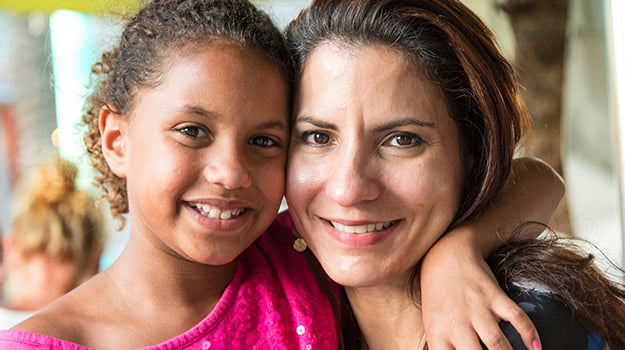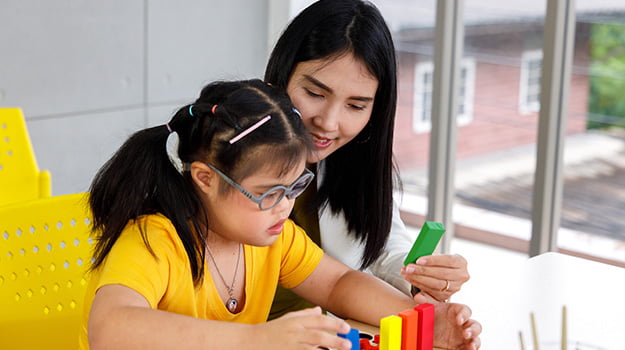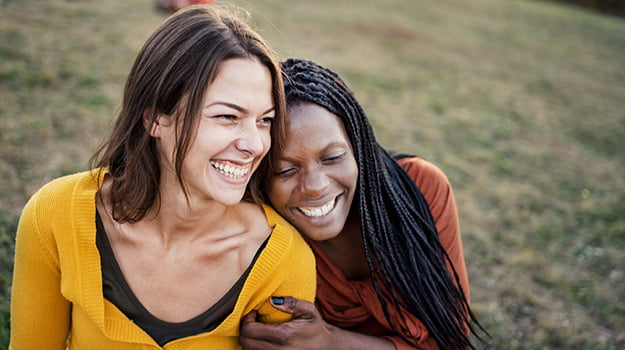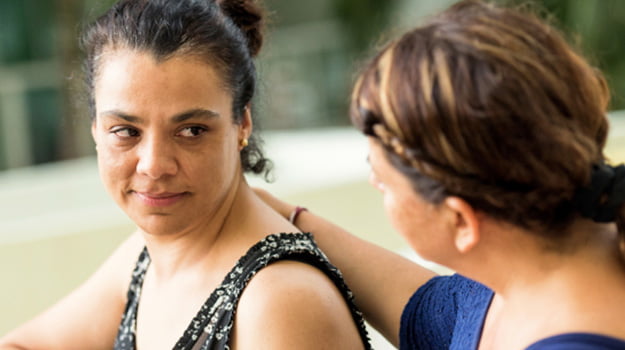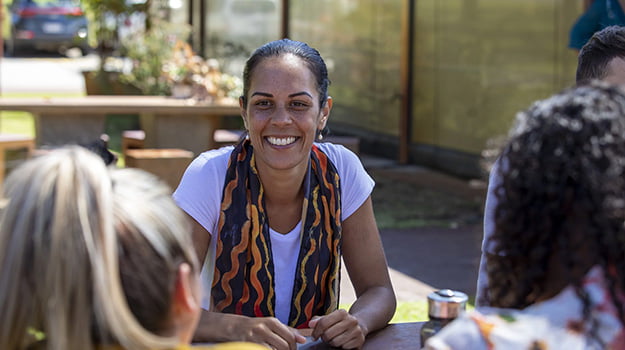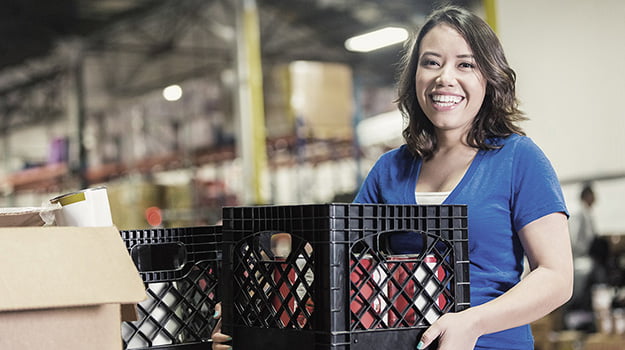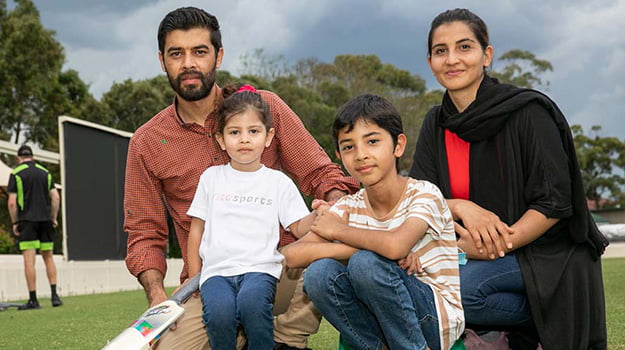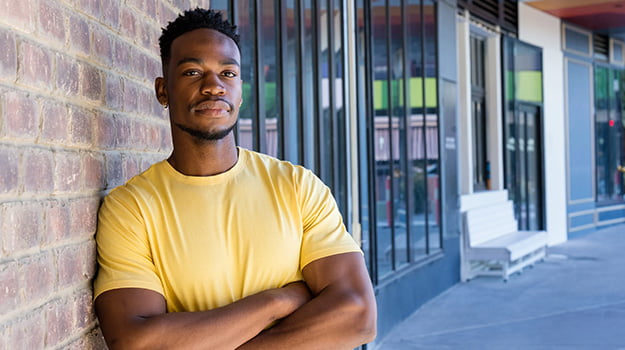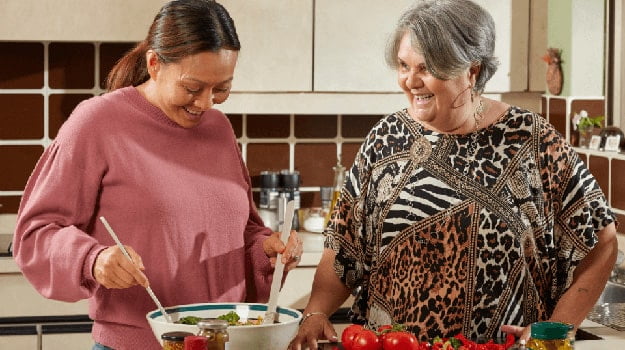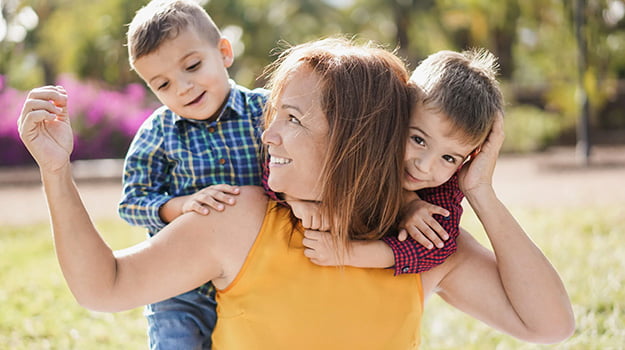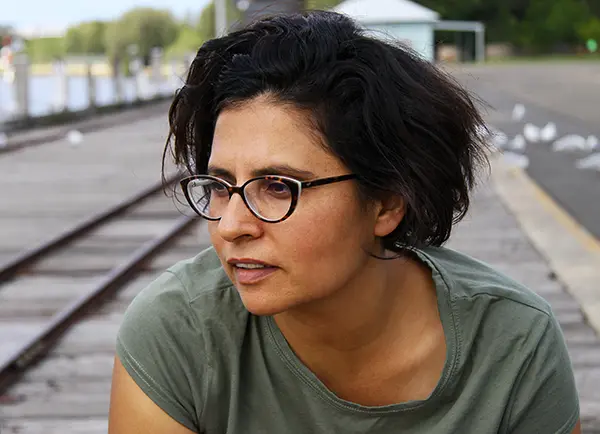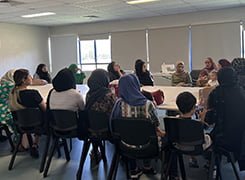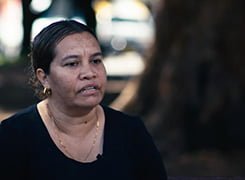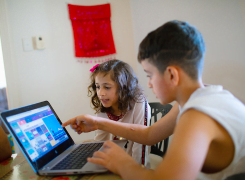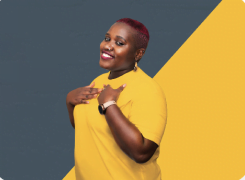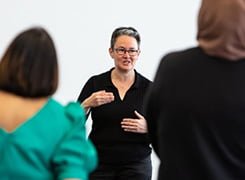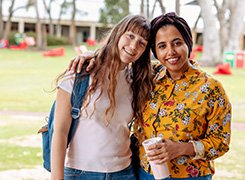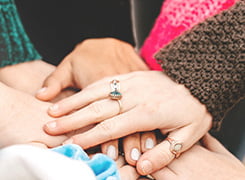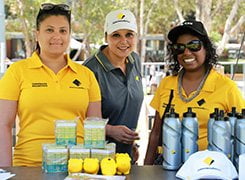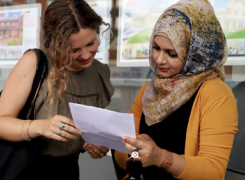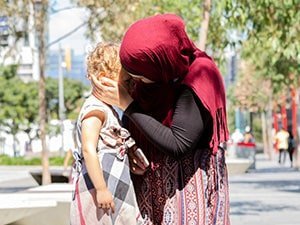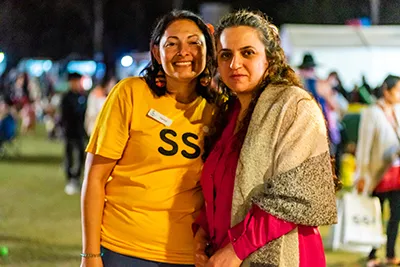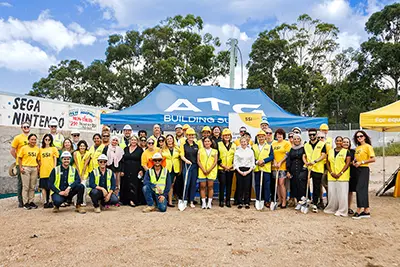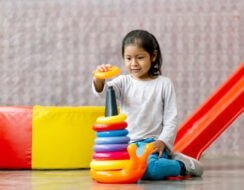30 Aug 2022
FeaturesCross cultural foster care: why it might be right for you
Lisa* didn’t expect her foster care experience to turn out quite like this: zipping around supermarket aisles, sourcing ingredients to make her first Samoan curry.
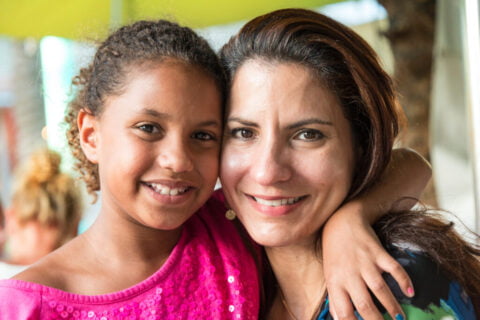
“It was a bit of an adventure for both of us,” Lisa recalls fondly.
After welcoming 11-year-old Amaia* into the family, cooking was a way to help the young girl stay connected to her Pacific Island culture.
“English isn’t her first language, so some of the ingredients she didn’t necessarily know, and we would use Google Translate to find out what they were,” explains Lisa.
“We were going up and down the aisles until she spotted the right ingredients, then we came home and cooked it together.”
An open home and mind
With six of her own children, Lisa had often thought about fostering another in need but found herself questioning if her family would be the best fit for a kid like Amaia.
“I actually told SSI, I really don’t know whether this is the right agency for me because I have zero experience in fostering kids from culturally and linguistically diverse (CALD) backgrounds,” Lisa admits.
As it turns out, it wasn’t prior experience or a culturally matched carer that Amaia needed most. More important was a safe home, a loving family with open minds, and a carer who could support her cultural connections.
“We have no cultural diversity at all in our household, but we’re very open to other cultures. I’ve been really conscious of making sure that my kids grow up with a strong social conscience,” Lisa says.
“When I raised my concerns with SSI, they explained that as long as you are curious, understanding and want what is best for the child, it can definitely work.”
Cultural responsiveness
As manager of the Multicultural Child and Family Program for SSI across the Hunter Central Coast area, Tari Mapfumo knows finding a home where a child’s identity is nurtured is crucial.
“In everything we do at SSI, culture is never put away to the side because it’s not a jacket that you can take off, it’s who you are,” Tari says.
When children like Amaia can’t be placed with a family of the same cultural background, finding a way to maintain this connection is crucial to building a sense of belonging and identity.
“We’re not asking a carer to change who they are; they just need to be open and culturally responsive,” explains Tari.
Cultural responsiveness is the capacity to learn from other cultures, value diversity, and engage with people of different backgrounds. Tari says anyone can have this quality and it’s one of the most important things a carer can bring to the table.
“Kids are like sponges and magnets, they learn a lot from the responses you give,” says Tari.
“If they hear you valuing their culture, they’re more likely to embrace it too.”
It takes a village
With a strong focus on placing children from CALD backgrounds, SSI has countless supports in place to keep culture at forefront for both carer and child.
“That whole concept of ‘it takes a village’, we really do apply that at SSI,” says Tari.
From the start, every child receives a cultural plan that outlines key family connection points on language, religion, and important holidays or festivals.
Tari explains that while the implementation of that plan looks different for everyone, it can include anything from organising a monthly appointment to braid afro hair, to showing carers to a local store where they can buy ingredients to make a traditional meal.
“We don’t leave the carer to do all that by themselves. We’re constantly consulting with them, checking in with them regarding that cultural plan,” says Tari.
A safe environment is the most important thing
For Lisa, finding ways to help Amaia explore her culture has been a learning curve that has ultimately brought them both closer together.
“What’s really been embedded in having her with us is that you don’t have to know everything about their culture to be a good foster carer,” said Lisa.
“The other day in the car, I heard her say ‘When we get home…’ for the first time. Just knowing that she feels safe enough refer to it as her home was pretty special.”
If you’re interested in learning more about cross cultural foster care, read more here.
*Names have been changed and stock image used to protect the privacy of individuals.
